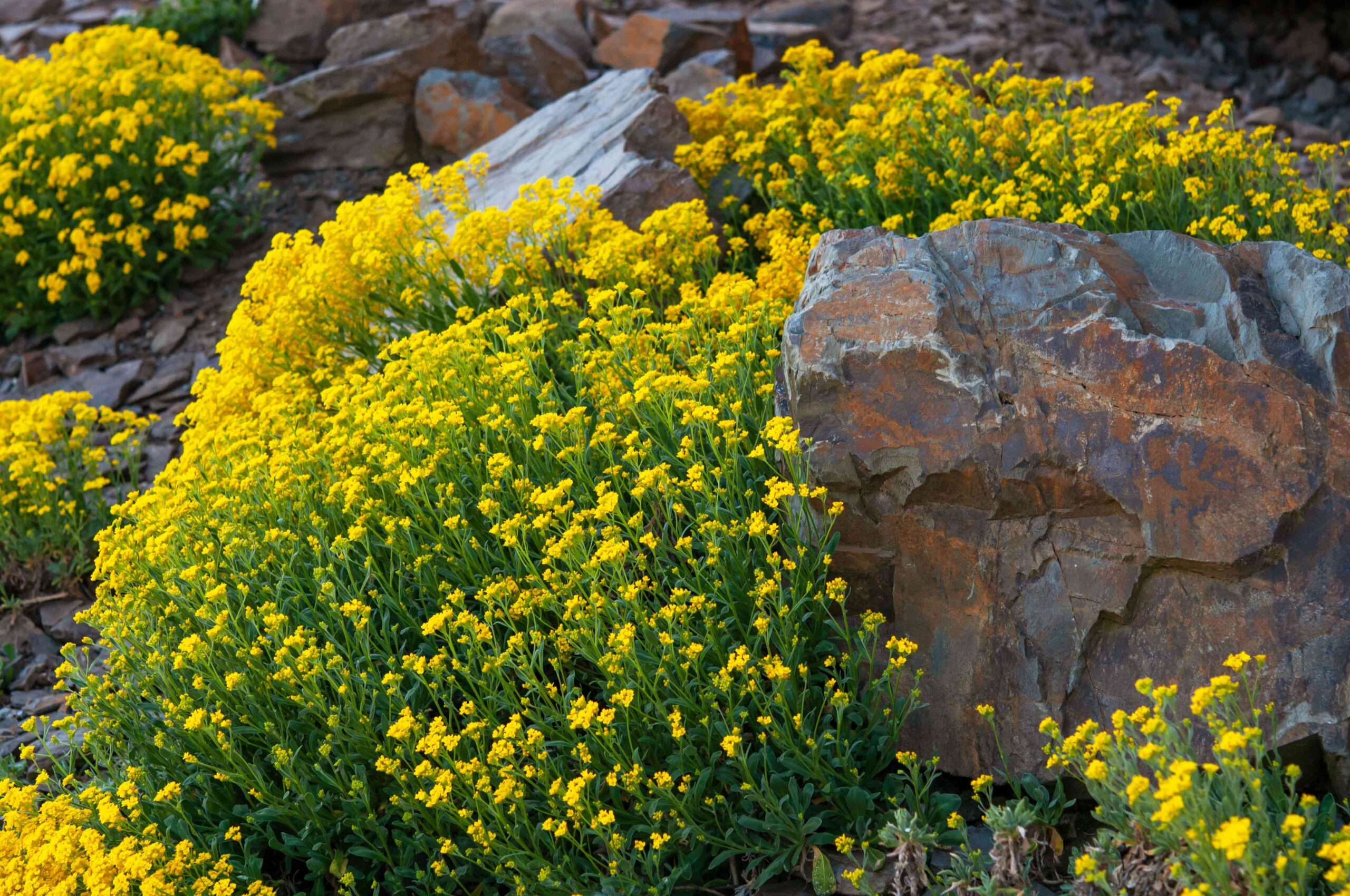Best Rock Garden Plants: How to Grow and Use Culinary Herbs in Your Rock Garden
Rock gardens offer a unique opportunity to combine aesthetic appeal with practical culinary benefits. By incorporating herbs into your rock garden design, you can create a space that’s not only visually stunning but also provides fresh flavors for your kitchen. This guide will help you select, grow, and use the best culinary herbs for your rock garden, ensuring a beautiful and productive outdoor space.
Why Choose Culinary Herbs for Your Rock Garden?
Rock gardens typically feature well-draining soil and plenty of sunshine – conditions that many culinary herbs naturally thrive in. Mediterranean herbs, in particular, have evolved to grow in rocky, arid environments, making them perfect candidates for rock garden cultivation.
When you integrate herbs into your rock garden, you’re creating a multi-functional space that:
- Provides fresh ingredients for cooking
- Adds fragrance and texture to your landscape
- Attracts beneficial pollinators
- Requires minimal maintenance once established
- Creates visual interest through diverse foliage and flowering patterns
According to the USDA National Agricultural Library, incorporating edible plants into ornamental gardens is a growing trend in sustainable landscaping practices across the United States.
Top 10 Culinary Herbs for Rock Gardens
1. Thyme (Thymus vulgaris)
Thyme is arguably the perfect rock garden herb. Its low-growing, spreading habit makes it ideal for tucking between rocks, where it will cascade over edges and fill empty spaces. With dozens of varieties available, you can select types with different aromas, flower colors, and growth habits.
Growing Tips:
- Plant in full sun and well-draining soil
- Trim back after flowering to prevent woody growth
- Drought-tolerant once established
- Hardy in USDA zones 5-9
Culinary Uses:
- Essential in French cuisine (bouquet garni)
- Pairs beautifully with roasted meats and vegetables
- Infuse oils and vinegars
- Add to soups, stews, and sauces
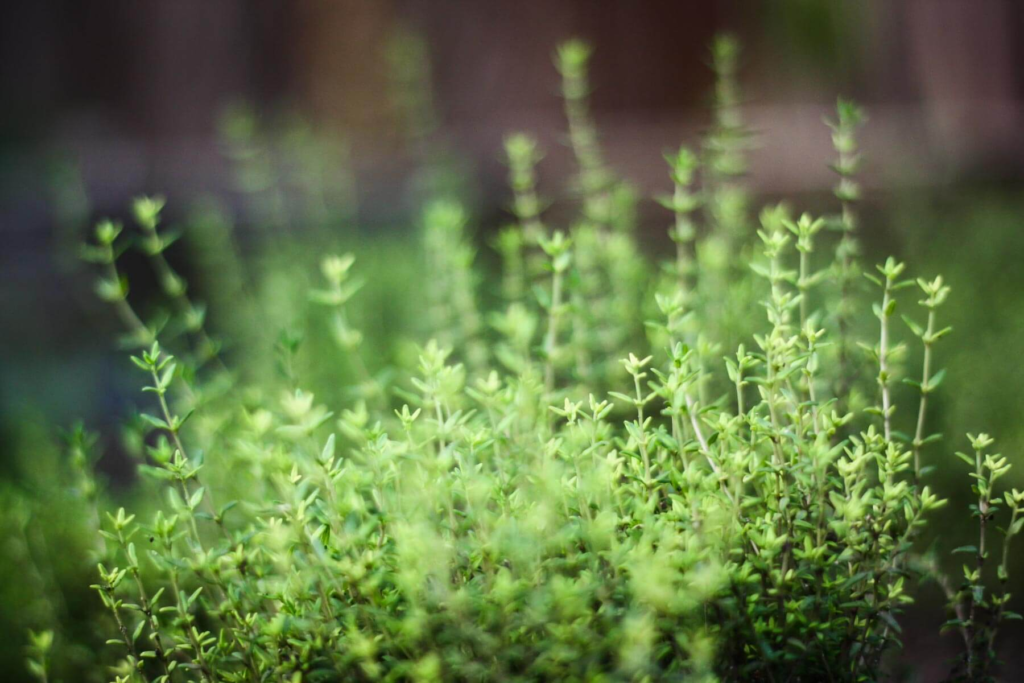
2. Rosemary (Salvia rosmarinus)
Rosemary’s woody stems and pine-like fragrance make it a standout in any rock garden. While it can grow quite large in optimal conditions, pruning can keep it compact for smaller spaces. Upright varieties create vertical interest, while prostrate types will spill attractively over rocks.
Growing Tips:
- Requires excellent drainage
- Full sun position
- Protect from harsh winter winds in colder regions
- Hardy in USDA zones 7-10 (some varieties to zone 6)
Culinary Uses:
- Roasted meats, especially lamb
- Roasted potatoes and root vegetables
- Infused oils and vinegars
- Bread and focaccia
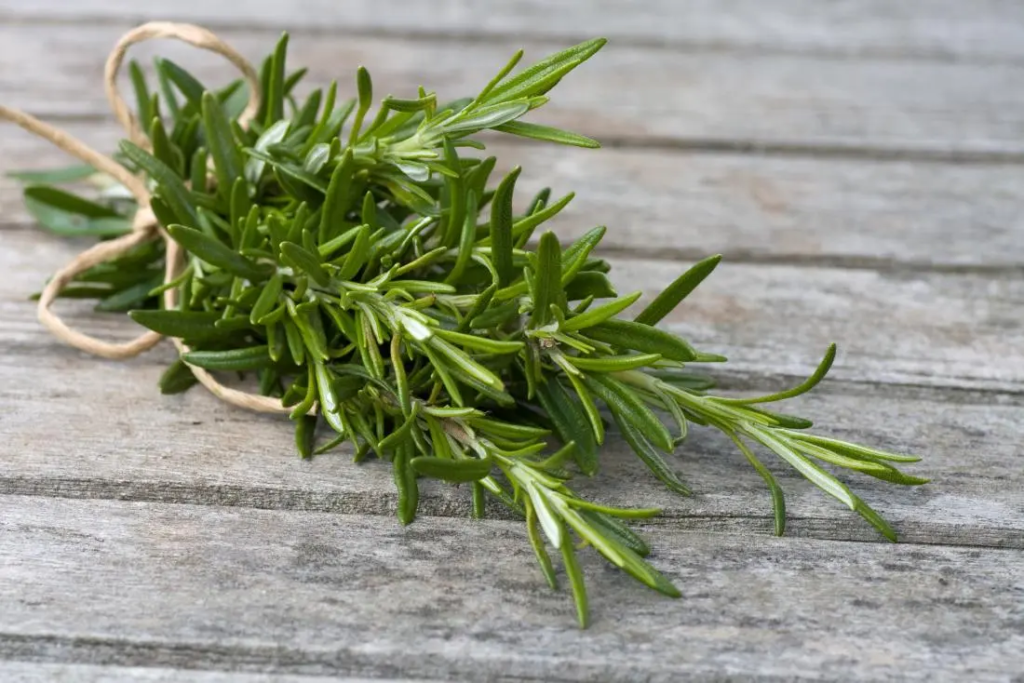
3. Oregano (Origanum vulgare)
Oregano’s spreading habit and pretty purple flowers make it an excellent rock garden addition. Greek oregano (Origanum vulgare subsp. hirtum) is particularly flavorful and well-suited to rocky conditions.
Growing Tips:
- Plant in full sun
- Well-draining soil is essential
- Trim back after flowering
- Hardy in USDA zones 4-9
Culinary Uses:
- Mediterranean dishes, especially Italian
- Pizzas and pasta sauces
- Marinades for grilled meats
- Greek salads
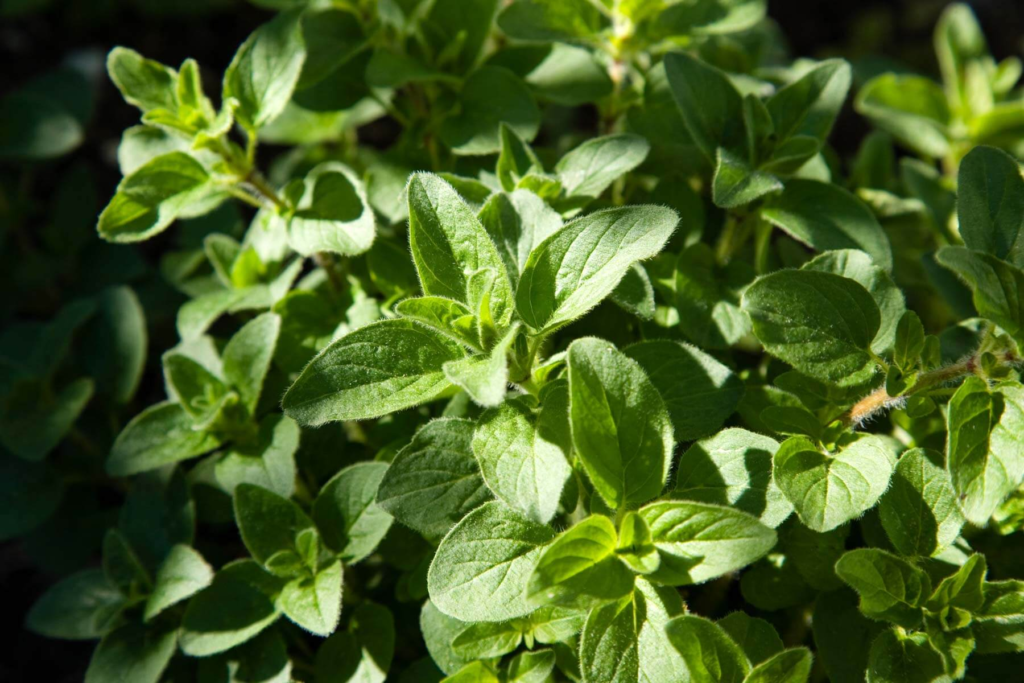
4. Sage (Salvia officinalis)
With its soft, silvery-gray foliage, sage adds beautiful texture to rock gardens. Several ornamental varieties offer unique colors, including purple, tricolor, and golden options that can add visual interest while still providing culinary benefits.
Growing Tips:
- Full sun to light shade
- Well-draining soil
- Prune in spring to maintain shape
- Replace plants every 3-4 years as they become woody
- Hardy in USDA zones 5-9
Culinary Uses:
- Traditional poultry seasoning
- Brown butter and sage sauce for pasta
- Sausages and stuffings
- Infused honey
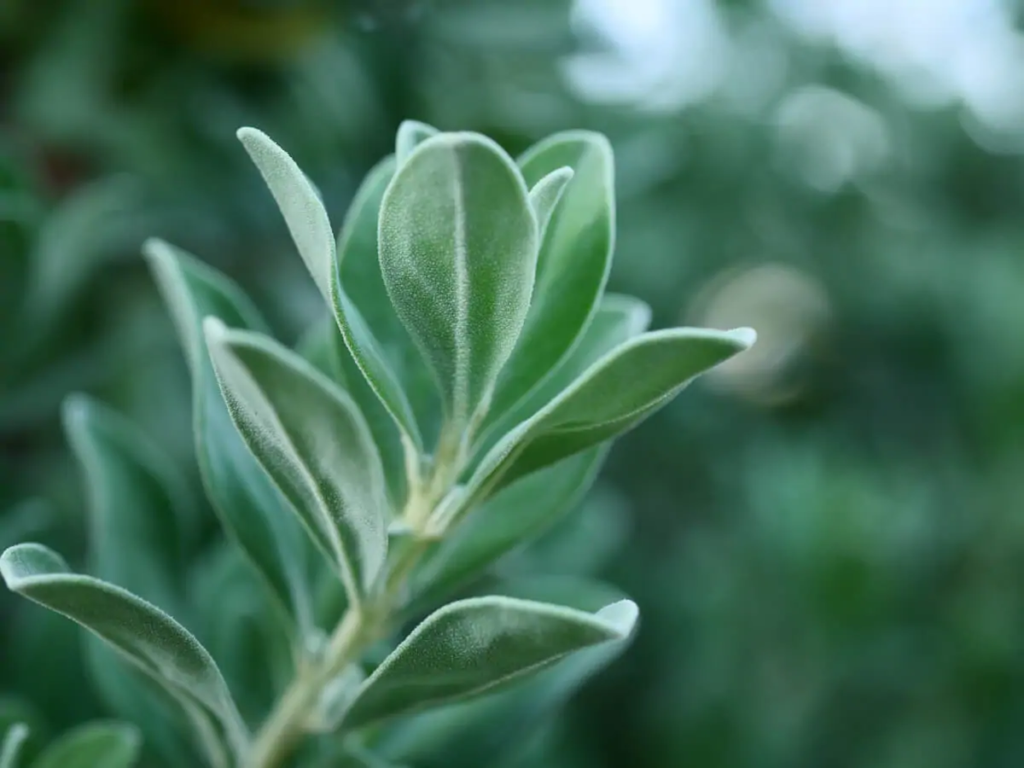
5. Lavender (Lavandula species)
While often thought of as ornamental, lavender is indeed a versatile culinary herb. Its compact growth habit and stunning blooms make it a rock garden showstopper. English lavender (Lavandula angustifolia) varieties typically have the most pleasing flavor for culinary use.
Growing Tips:
- Full sun
- Extremely well-draining soil
- Minimal watering once established
- Prune after flowering to maintain shape
- Hardy in USDA zones 5-9 (varies by species)
Culinary Uses:
- Baked goods and desserts
- Herb-infused sugars
- Teas and cocktails
- Herb blends like herbs de Provence
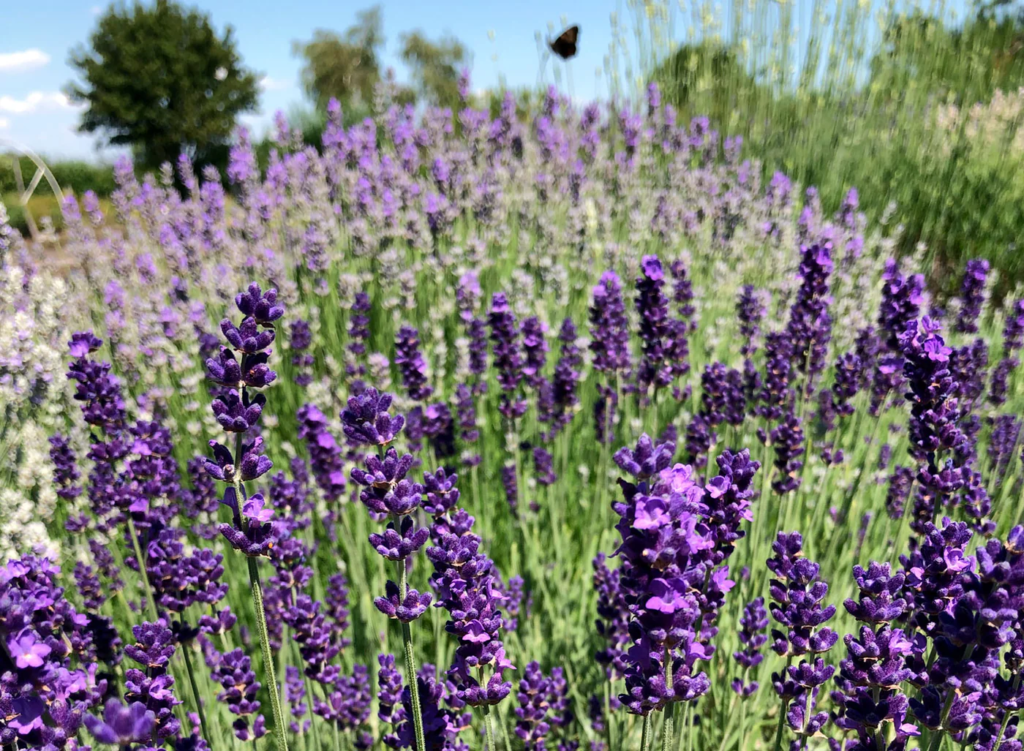
6. Chives (Allium schoenoprasum)
Chives provide vertical interest with their slender green stalks and pretty purple pom-pom flowers. As members of the onion family, they offer a mild onion flavor and attract pollinators when in bloom.
Growing Tips:
- Full sun to partial shade
- More moisture-tolerant than many rock garden herbs
- Divide clumps every few years
- Cut back after flowering to encourage new growth
- Hardy in USDA zones 3-9
Culinary Uses:
- Garnish for soups, potatoes, and eggs
- Compound butters
- Salad dressings
- Fresh addition to soft cheeses
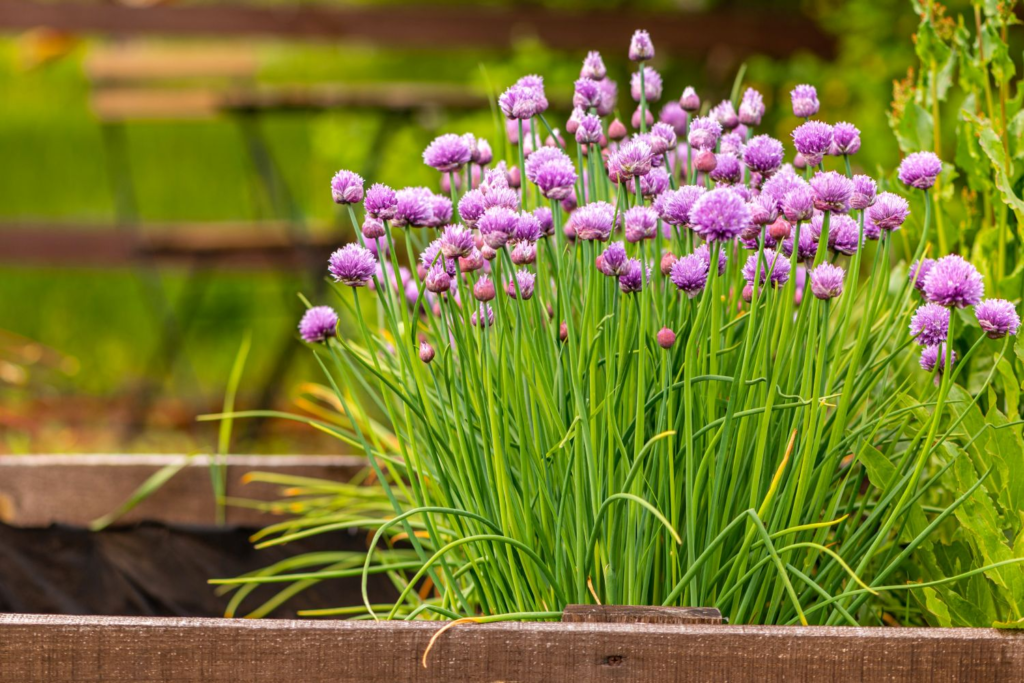
7. Winter Savory (Satureja montana)
Often overlooked, winter savory is a tough, semi-evergreen perennial that thrives in rocky conditions. Its small white to pale purple flowers attract bees, and its compact growth habit makes it perfect for small spaces.
Growing Tips:
- Full sun
- Very well-draining soil
- Trim lightly after flowering
- Hardy in USDA zones 5-8
Culinary Uses:
- Bean dishes (traditionally paired with legumes)
- Meat rubs and marinades
- Herb blends
- Substitute for thyme in recipes
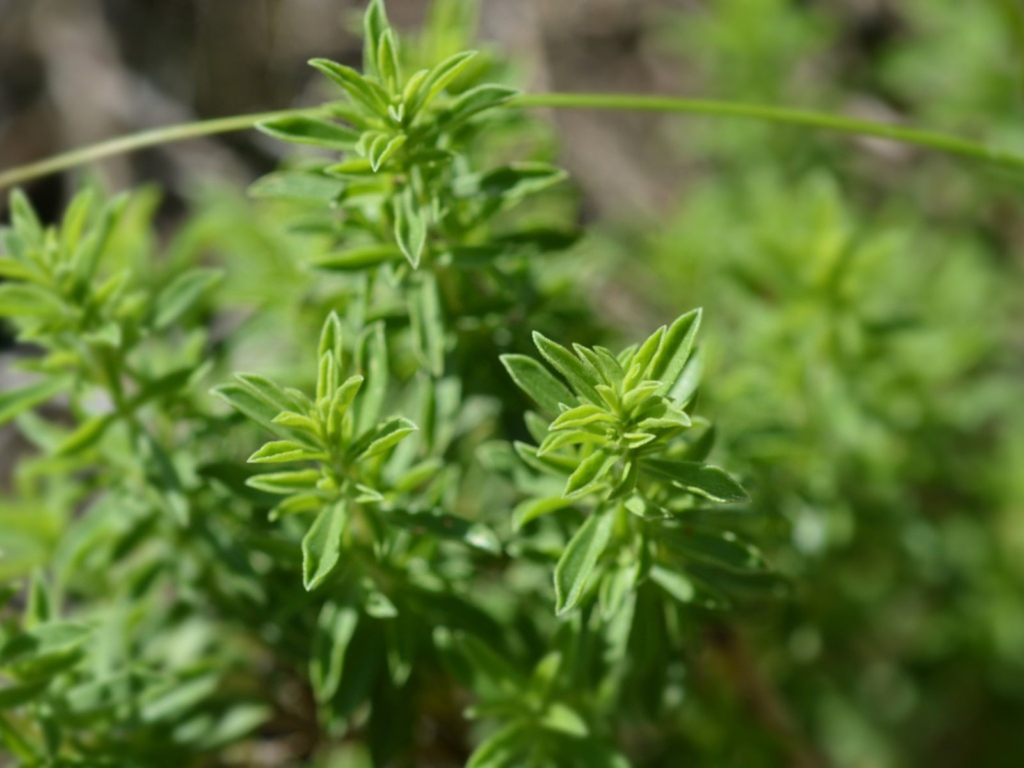
8. Tarragon (Artemisia dracunculus)
French tarragon, with its distinctive anise-like flavor, grows well in rocky, well-draining soil. Though not as spreading as some herbs, its upright habit adds structural diversity to rock garden plantings.
Growing Tips:
- Full sun to partial shade
- Well-draining soil
- Divide every 3-4 years
- Cut back in late fall
- Hardy in USDA zones 4-7
Culinary Uses:
- Classic French sauces like béarnaise
- Chicken and fish dishes
- Flavored vinegars
- Egg dishes
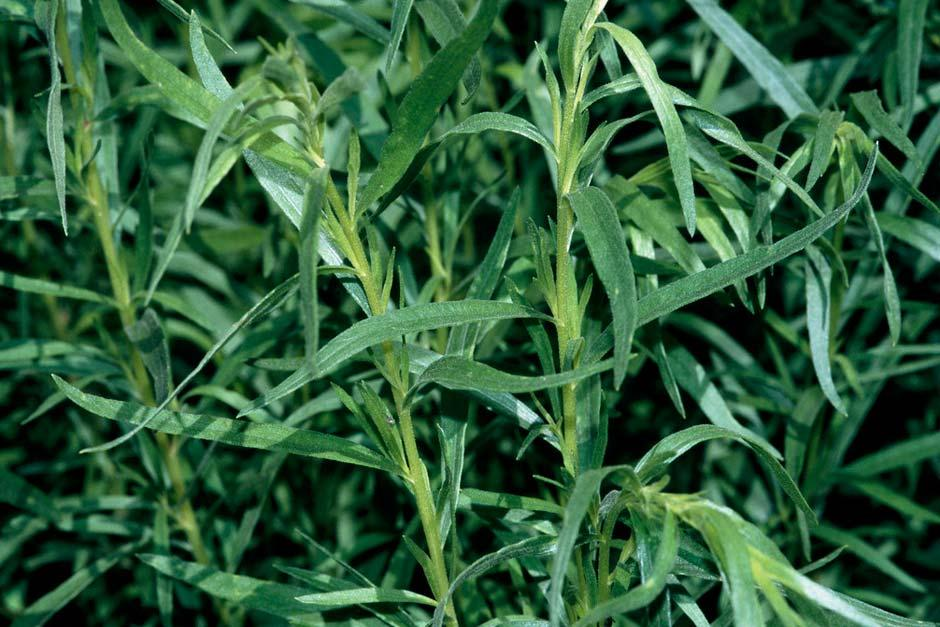
9. Hyssop (Hyssopus officinalis)
Hyssop’s striking blue-purple flower spikes make it a standout in any rock garden. This herb attracts numerous beneficial insects and has a slightly bitter, minty flavor that can be used sparingly in cooking.
Growing Tips:
- Full sun
- Well-draining soil
- Cut back after first flowering for potential second bloom
- Hardy in USDA zones 3-9
Culinary Uses:
- Soups and broths (use sparingly)
- Liqueurs and syrups
- Fruit dishes
- Teas

10. Creeping Savory (Satureja spicigera)
This low-growing herb forms a dense mat of aromatic foliage, making it perfect for covering bare spots between rocks. Its tiny white flowers appear throughout summer, and its peppery flavor is excellent in cooking.
Growing Tips:
- Full sun
- Well-draining soil
- Trim lightly to maintain shape
- Hardy in USDA zones 6-9
Culinary Uses:
- Similar to winter savory
- Meat dishes
- Bean and lentil recipes
- Aromatic addition to stews
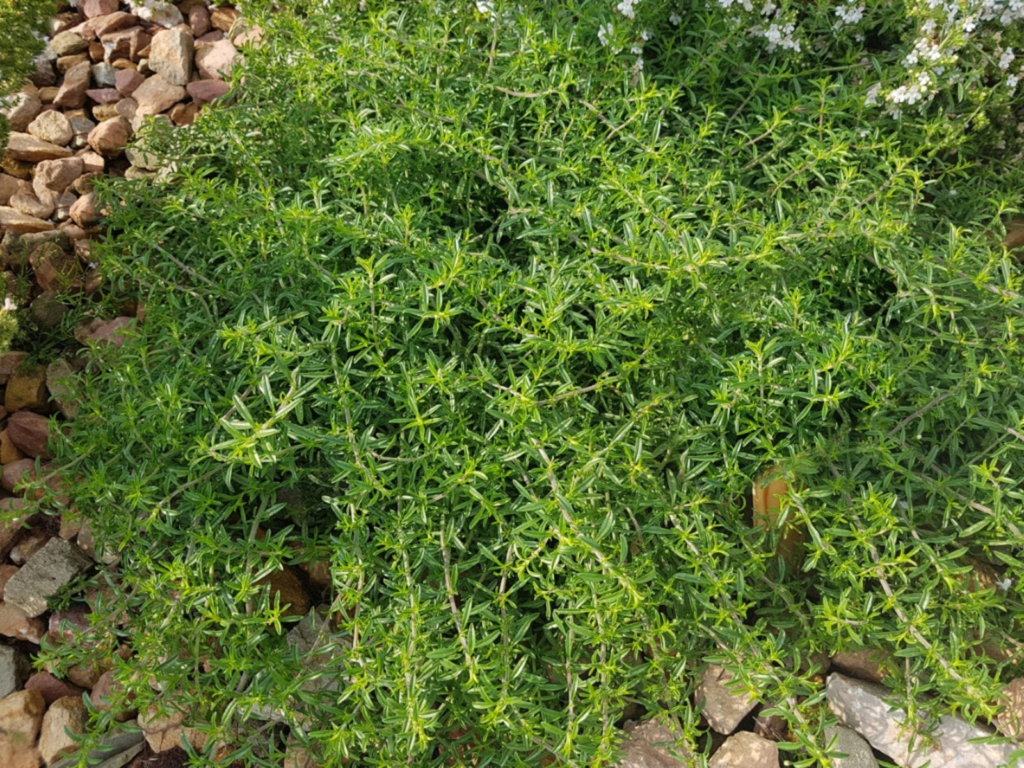
Comparison of Top Rock Garden Herbs
| Herb | Height | Spread | Sun Needs | Water Needs | USDA Zones | Flower Color | Flavor Profile |
|---|---|---|---|---|---|---|---|
| Thyme | 6-12″ | 12-18″ | Full sun | Low | 5-9 | Pink/purple/white | Earthy, slightly floral |
| Rosemary | 2-4′ | 2-4′ | Full sun | Low | 7-10 | Blue | Pine-like, resinous |
| Oregano | 12-18″ | 12-24″ | Full sun | Low | 4-9 | Pink/purple | Pungent, earthy |
| Sage | 18-24″ | 18-24″ | Full sun | Low | 5-9 | Purple/blue | Earthy, slightly peppery |
| Lavender | 1-3′ | 1-3′ | Full sun | Very low | 5-9 | Purple | Floral, sweet |
| Chives | 12-18″ | 12″ | Full sun/partial shade | Medium | 3-9 | Purple | Mild onion |
| Winter Savory | 6-12″ | 12-18″ | Full sun | Low | 5-8 | White/purple | Peppery, robust |
| Tarragon | 18-24″ | 12-18″ | Full sun/partial shade | Medium-low | 4-7 | Insignificant | Anise-like, sweet |
| Hyssop | 18-24″ | 12-18″ | Full sun | Low | 3-9 | Blue/purple | Bitter, minty |
| Creeping Savory | 2-4″ | 12-18″ | Full sun | Low | 6-9 | White | Peppery, savory |
Design Tips for Herb Rock Gardens
Consider Herb Heights and Spreads
When planning your rock garden, consider the mature size of each herb. Place taller herbs like rosemary and hyssop toward the back or center of your garden, with low-growing spreaders like thyme and creeping savory in the front or edges.
According to research from the National Center for Appropriate Technology, proper spacing is crucial for herb production, allowing plants adequate airflow to prevent disease and maximize essential oil production.
Group by Water Needs
While most rock garden herbs prefer dry conditions, some (like chives and tarragon) appreciate slightly more moisture. Group herbs with similar water requirements together to facilitate proper care.
Create Microclimates
Use rocks strategically to create microclimates. South-facing rocks absorb heat and create warm pockets ideal for heat-loving herbs like rosemary and lavender. Small depressions can provide slightly more moisture retention for herbs that appreciate it.
Consider Seasonal Interest
Plan your herb rock garden to provide year-round interest:
- Spring: Chive blossoms and new growth
- Summer: Lavender, hyssop, and oregano flowers
- Fall: Sage and thyme fall colors
- Winter: Evergreen structure from rosemary and winter savory
Harvesting and Using Your Rock Garden Herbs
When to Harvest
For most culinary herbs, the best time to harvest is in the morning after dew has dried but before the hot sun depletes essential oils. Harvest herbs regularly to encourage bushier growth and prevent flowering (which can diminish flavor in many herbs).
The USDA Agricultural Research Service recommends harvesting herbs just before flowering for maximum flavor and oil content, typically harvesting no more than one-third of the plant at a time.
Drying and Preserving
You can extend your herb harvest through various preservation methods:
Air Drying:
- Cut stems in the morning after dew has dried
- Bundle 5-10 stems together with twine
- Hang upside down in a warm, dry, dark location
- Store dried herbs in airtight containers away from light
Freezing:
- Chop fresh herbs
- Place in ice cube trays with water or olive oil
- Freeze and transfer to freezer bags
- Add frozen cubes directly to cooking
Herb-Infused Products:
- Vinegars
- Oils (use caution with fresh herbs in oil; keep refrigerated)
- Herb butters
- Herb salts
Maintaining Your Herb Rock Garden
Seasonal Care
Spring:
- Prune back woody herbs like rosemary and sage
- Divide spreading herbs like chives
- Apply minimal organic fertilizer if needed
Summer:
- Harvest regularly
- Provide occasional deep watering during extreme drought
- Trim back after flowering to encourage new growth
Fall:
- Reduce watering
- Harvest for preservation
- Apply light mulch around less hardy herbs in colder zones
Winter:
- Protect tender herbs in harsh winter areas
- Use evergreen herbs sparingly throughout winter
- Plan for spring additions or replacements
Pest and Disease Management
Rock garden herbs tend to be relatively pest-resistant, particularly when grown in their preferred well-draining conditions. However, watch for:
- Aphids: Spray with strong water stream or insecticidal soap
- Spider mites: Increase humidity around plants or use neem oil
- Root rot: Almost always caused by poor drainage; improve soil structure or relocate plant
Final Thoughts
Incorporating culinary herbs into your rock garden creates a beautiful, functional space that appeals to all the senses. By selecting herbs naturally adapted to rocky, well-draining conditions, you’ll create a low-maintenance garden that provides fresh flavors for your kitchen year-round.
Remember that most culinary herbs originate from Mediterranean and similar climates, where rocky soils and hot, dry conditions are the norm. By mimicking these conditions in your rock garden, you’re providing these herbs with their preferred environment, ensuring they’ll thrive with minimal intervention.
Whether you’re an experienced gardener or just starting out, a herb rock garden offers an accessible way to grow edible plants while creating a visually appealing landscape feature. With proper planning and plant selection, your rock garden can become a productive and beautiful part of your outdoor space for years to come.
